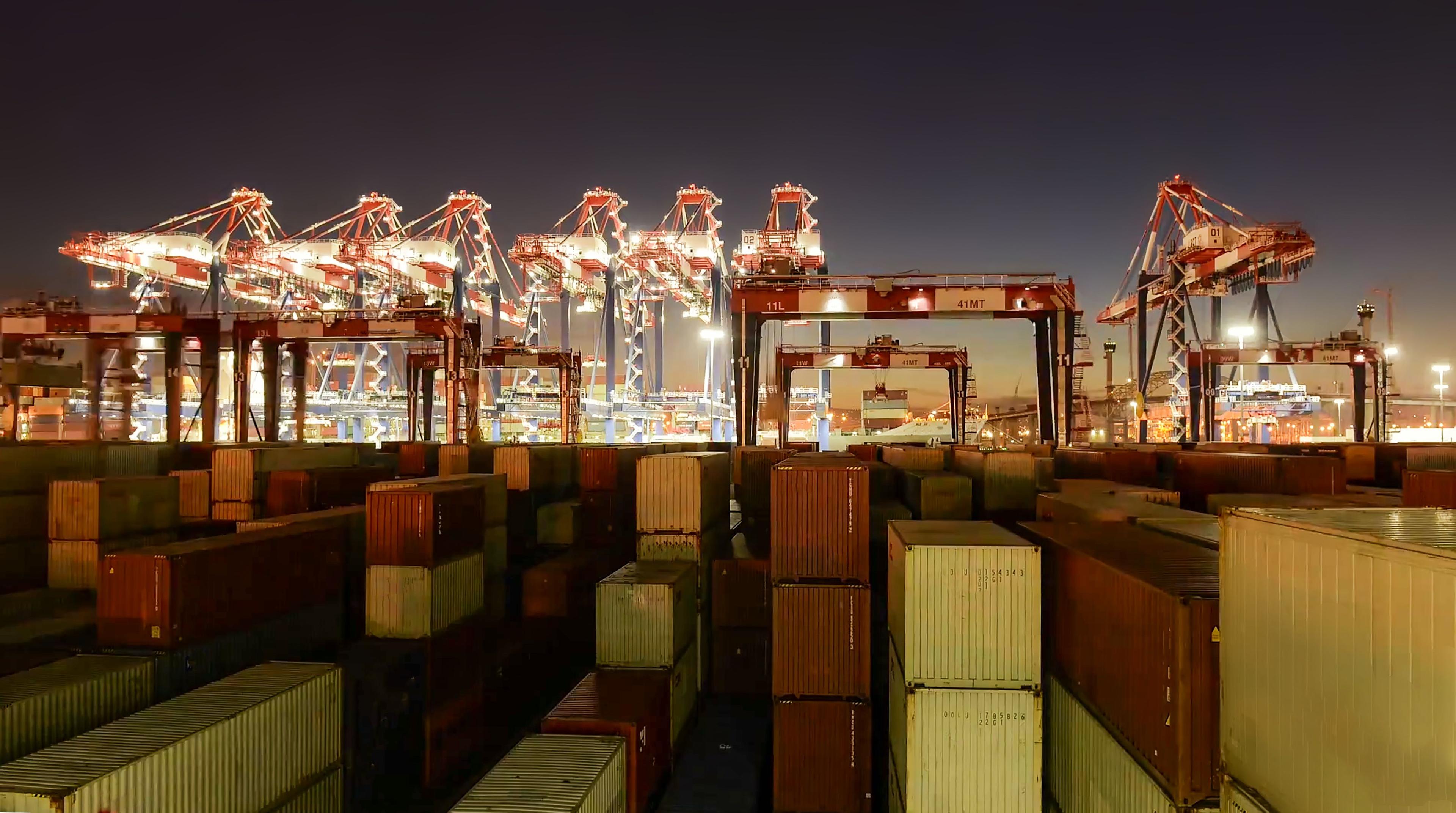Industry Update: Global Port Congestion Intensifies
Heneways Editorial Team
2025-07-25
Reading time: 5 minutes

Red Sea Crisis Deepens – Impact on South African Trade Grows:
Escalating Houthi rebel attacks in the Red Sea have led to the sinking of several commercial vessels, forcing most global shipping lines to reroute vessels around the Cape of Good Hope. While this has brought an uptick in vessel traffic around South Africa, it’s also placing additional strain on local port infrastructure—already battling congestion, weather disruptions, and equipment shortages. Transit times for Asia–Europe and Asia–US routes have increased by up to 14 days, causing knock-on delays for South African imports and exports.
Global Port Congestion Intensifies:
Severe delays are worsening at major ports across Europe, Asia, and South Africa as the shipping industry grapples with a surge in cargo volumes, protracted labor disputes, and persistent adverse weather. Strikes and staffing shortages in key European ports, typhoon disruptions in Asia, and heavy swells affecting South African terminals have further strained already backlogged supply chains. Vessel berthing times have increased dramatically, with turn around delays now averaging 5 to 14 days in some regions, placing additional pressure on schedules and container availability globally.
Freight Rates Surge Sharply:
Container shipping rates on key global trade lanes have skyrocketed, with some routes seeing increases of up to 300% compared to the same period last year. This dramatic spike is driven by a combination of persistent port congestion, equipment shortages, extended vessel turnaround times, and the continued rerouting of ships away from the Red Sea due to ongoing security concerns. Increases are most pronounced on Asia–Europe and Transpacific routes, where capacity remains tight and demand remains high. Industry analysts warn that freight rate volatility is likely to continue well into late 2025, especially as peak season demand and global supply chain instability persist.
